Globular Cluster M55 as illustrating apparent aging of our galaxy (& cosmos)
It seems helpful to illustrate cosmological scale apparent aging as stars depart main sequence:
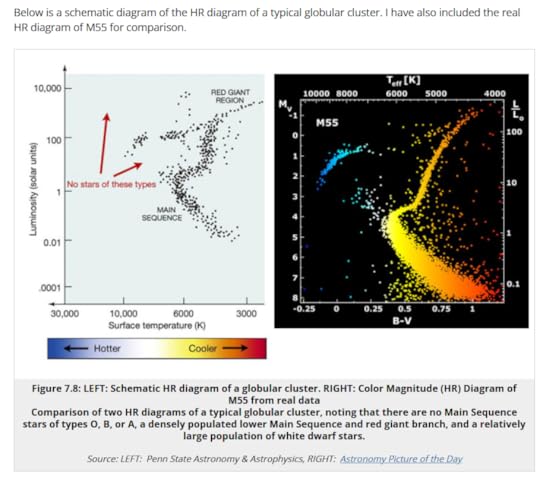
An idealised, Hertzsprung-Russell chart for Hydrogen-rich balls prone to become fusion furnaces is:
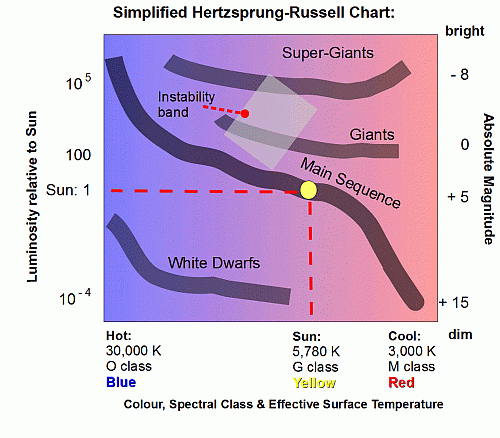
Here is a comparative plot (for open clusters), constructing a “clock” by projected pattern as a cluster ages, in effect seeing what is left as a candle burns down:
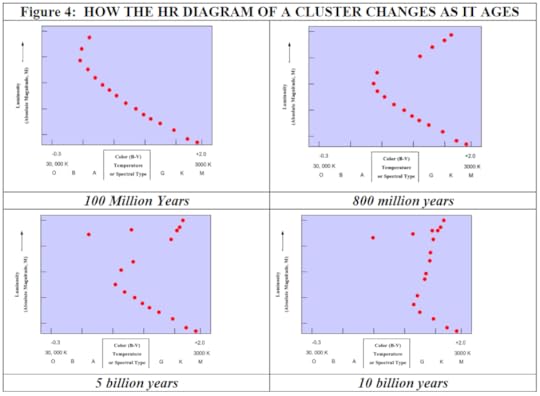
This can be taken as illustrative of how our cosmos shows entropy-associated aging on the grand scale.
Further illustrative, here is a NASA-derived cosmological timeline model, integrated with fine tuning:
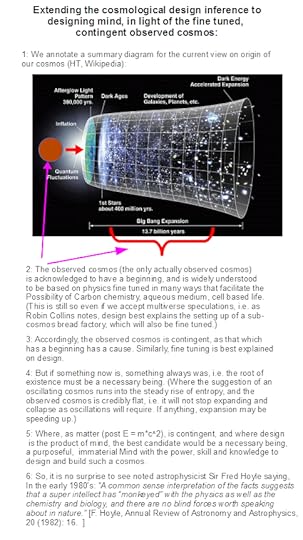
Speaking of fine tuning, Barnes et al summarise:
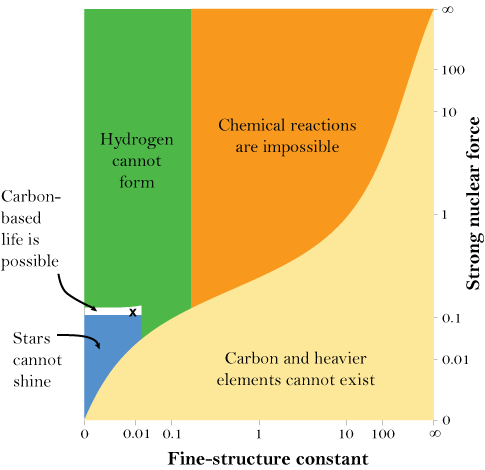 Barnes: “What if we tweaked just two of the fundamental constants? This figure shows what the universe would look like if the strength of the strong nuclear force (which holds atoms together) and the value of the fine-structure constant (which represents the strength of the electromagnetic force between elementary particles) were higher or lower than they are in this universe. The small, white sliver represents where life can use all the complexity of chemistry and the energy of stars. Within that region, the small “x” marks the spot where those constants are set in our own universe.” (HT: New Atlantis)
Barnes: “What if we tweaked just two of the fundamental constants? This figure shows what the universe would look like if the strength of the strong nuclear force (which holds atoms together) and the value of the fine-structure constant (which represents the strength of the electromagnetic force between elementary particles) were higher or lower than they are in this universe. The small, white sliver represents where life can use all the complexity of chemistry and the energy of stars. Within that region, the small “x” marks the spot where those constants are set in our own universe.” (HT: New Atlantis)All of this ties to core thermodynamics:

Food for thought. END
Copyright © 2022 Uncommon Descent . This Feed is for personal non-commercial use only. If you are not reading this material in your news aggregator, the site you are looking at is guilty of copyright infringement UNLESS EXPLICIT PERMISSION OTHERWISE HAS BEEN GIVEN. Please contact legal@uncommondescent.com so we can take legal action immediately.Plugin by Taragana
Published on May 01, 2022 06:00
No comments have been added yet.
Michael J. Behe's Blog
- Michael J. Behe's profile
- 219 followers
Michael J. Behe isn't a Goodreads Author
(yet),
but they
do have a blog,
so here are some recent posts imported from
their feed.



